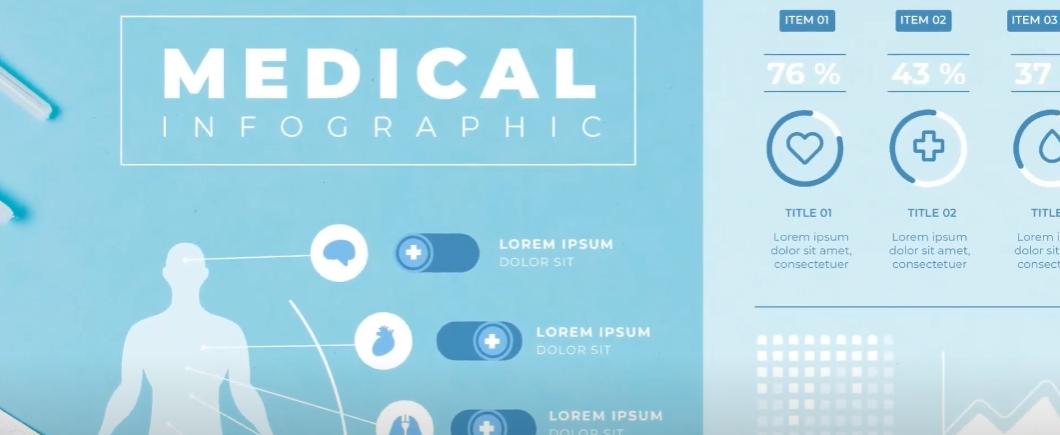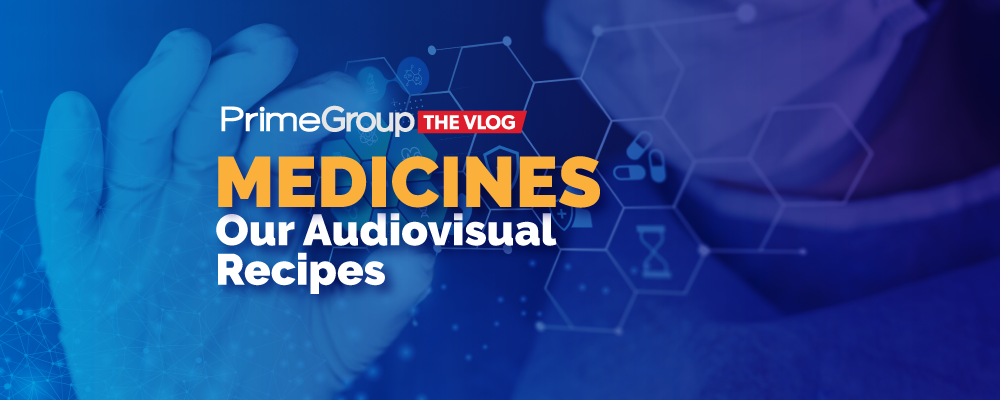Have you ever noticed how the information provided by pharmaceutical companies about their medications always appears in leaflets filled with specialized jargon that is difficult to understand? It’s all written in small print on thin paper. So, what formats should pharmaceutical companies use to better communicate with patients? Let’s dive in.
Think about the last medication you were prescribed and bought. You probably saw a tiny leaflet folded several times when you opened the box. As you unfolded it, you may have thought, “Maybe I need a magnifying glass.” For many people, reading the leaflet is a stressful moment; for others, it’s a moment of indifference as they ignore it.
According to market research firm Statista, 62% of adults in the United States reported reading medication leaflets in the past year. That means 38% confessed that they never read them. It’s a worrying statistic when you consider that pills, capsules, syrups, ointments, injections, and more are products intended to prevent or cure illnesses. So individuals must recognize crucial information like medication composition, dosage, indications, and contraindications.
According to the World Health Organization (WHO), 50% of medications are prescribed, dispensed, or sold inappropriately, and 50% of patients do not take them correctly. The American Medical Association states that self-medication with analgesics, which is very common in the United States, increases the risk of chronic kidney disease by 38%.
But is it always the consumers’ fault? Pharmaceutical companies seem more concerned with complying with regulatory authorities’ regulations and norms than making crucial health information accessible and understandable to consumers.
So pharmaceutical companies need to communicate more effectively to avoid the harmful consequences of self-medication and to better understand the implications of using a particular molecule prescribed by our doctor.

Imagine buying a box of painkillers and scanning the QR code with your mobile phone. That will take you to a PDF with information and one or more videos explaining the pros and cons of that remedy. Without a doubt, it will be a game-changer in how pharmaceuticals communicate with their patients.
Communicating more effectively is the responsibility of laboratories to guarantee the safety of patients. This involves writing in more straightforward language, using images and graphics, and especially audiovisual formats that are more digestible and direct than a prospectus.
At Prime Group, we see a trend toward rich and interactive communication. That’s why we develop materials, animations, and videos for the life sciences industry that help consumers better understand delicate medical and pharmaceutical information.
Here are the best multilingual formats for the pharmaceutical industry:
Informative Videos
Videos can effectively provide medical and pharmaceutical information visually and quickly understood. They can include animations, graphics, and images to help consumers better visualize medical and pharmaceutical concepts.
According to a study published in the “Patient Education and Counseling” journal, patients who received medical-pharmaceutical information in video form showed significantly better understanding than those who received written notification.
Another study published in the “Journal of Medical Internet Research” found that patients who received medical-pharmaceutical information in their native language had higher satisfaction. Some videos allow user interaction, which is useful for those who want to delve deeper into the presented concepts.
Interactive videos can include questions and answers, educational games, and other elements that promote understanding and participation.

Infographics
Infographics are images that combine text, graphics, and other visual elements to present information clearly and concisely. For example, they can help deliver information about medication side effects or dosage.
Informational Brochures
Informational brochures can effectively provide medical and pharmaceutical information in an easy-to-understand and portable format. Thanks to graphics and diagrams, flyers can help provide information on how and when to administer a particular drug.
Interactive Web Pages
Interactive web pages are handy for providing medical and pharmaceutical information to consumers in an interactive and personalized way. Web pages can include questionnaires, educational games, and other interactive elements to help consumers better understand the information.
For the past 20 years, Prime Group has been working for the pharmaceutical industry to develop these formats in multiple languages. We are at the disposal of laboratories and distribution companies to help them communicate effectively and engagingly about their products.
Ensuring good understanding is a patient’s right and the duty of authorities and pharmaceutical companies.


